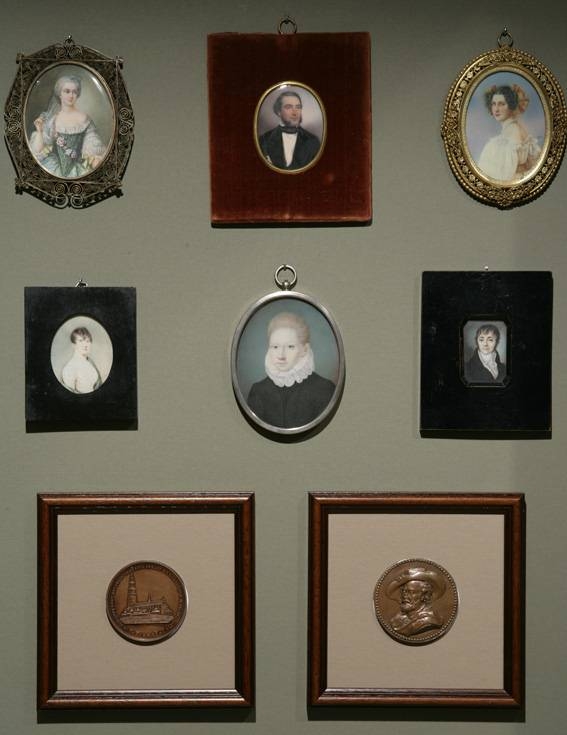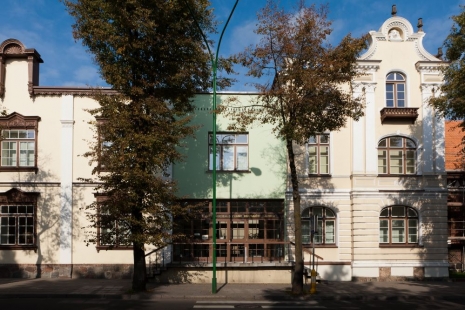The exposition contains over 300 works – miniature paintings from the 16th–20th centuries known for their subtle imagery, such as landscapes, portraits, and compositions of religious, mythological and everyday life genres. The works which have been produced using various techniques and are exquisitely framed represent the different French, Austrian, German, Russian, Polish and Lithuanian schools.
A highlight is a series of medallions on the 1812 war theme by Fiodor Tolstoy who founded the medal department at the St. Petersburg Academy. A small 16th century plaquette bearing the image of Lithuanian Grand Duke Sigismund the Old is considered very valuable. Coloured copper etchings introduce costumes in history.
The exposition contains many pictures, boxes and wallets using embroidery techniques (decoration with coloured glass beads); tiny porcelain and faience sculptures, table decorations and other works.
An important part of the exposition are small painting pearls – watercolour miniatures by the talented, self-taught artist Lida Meškaitytė (1927– 1993). They subtly convey nature scenes from the village of the artist’s birth, Antšvenčiai (Jurbarkas district). Exhibitions are held at the museum during every summer season, and an outdoor exposition of contemporary Lithuanian sculpture is near the building.





